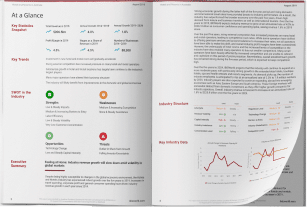2023 Version
24.2 to 30.3
Increase in households with debt three times income, between 2010 and 2021
950,000 Australian households earn less than $500 per week.
The lowest income quintile earns 18.5% of the income of the highest income quintile.
Overview
Income inequality is the unequal distribution of income within a society, whereby some individuals or groups earn substantially more than others either from wages, passive (investment) income or income support payments from government.
Extreme and persistent income inequality can create entrenched disadvantage, whereby individuals or groups find it difficult to overcome barriers to social mobility and achieve economic security. This limits the wellbeing and living standards of individuals and can also reduce social cohesion and economic growth.
Per Capita examined income inequality between 2010 and 2021, focusing on the ratio of income to debt and income differentials at different quintiles.
Interpreting the Index charts and values
Consistent with other measures of inequality we present inequality as a value between 0 and 100, with 0 denoting perfect equality. At any value in excess of 0 there is inequality between the considered measures; the higher the value, the greater the level of inequality.
Because all values are in ratio terms the value may be interpreted as the distance from equality; for example, if wealth inequality is rated 70, this would indicate that the wealth of the highest income group would need to decrease by 70% for equality to be achieved. All index values are in the same percentage scale.
Note – While income inequality declined over six years from 2010, it has increased steadily in the years since. We find that current income inequality is at a similar level to 2014, a significant decline in less than a decade.
Disclaimer – The analysis employs economic and econometric techniques to provide estimates of plausible terms to equality, based on the interval trend, they are not estimates of the predicted term to equality, which will be consequential to policy and regulatory settings, amongst other critical factors. The extant models provide an indication of the term to equality should extant 10 year trends continue.
How does the Index work?
This report, and the Index it explains, seek to address this gap in public information by providing a comprehensive and multidimensional measure of inequality that can inform policymaking and advocacy. By measuring shifts in measures of inequality the index and sub-indices afford a more comprehensive and nuanced representation of the root causes and impact of inequality in Australia.

